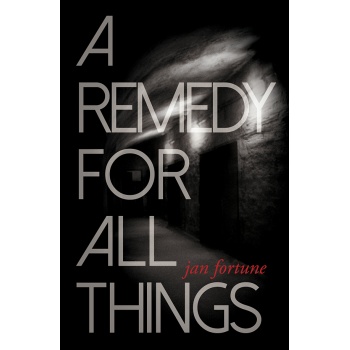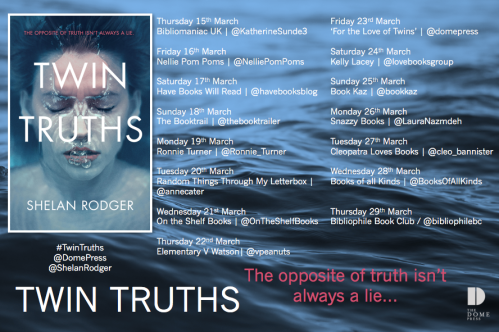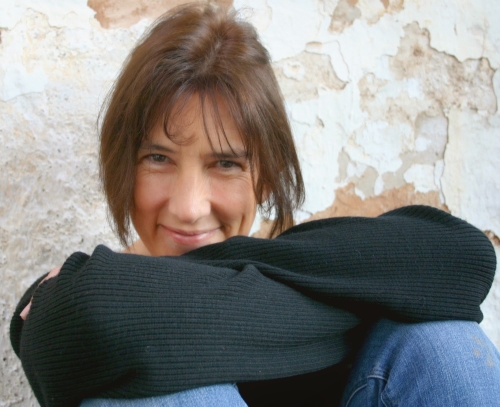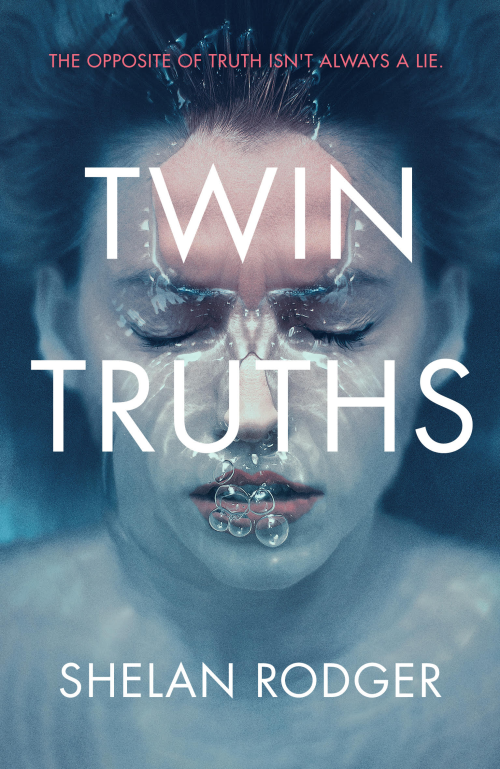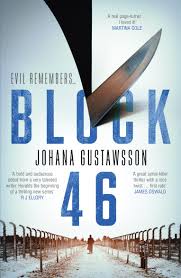As an editor, I often remark upon the lack of variation in writers’ language in order to help them improve their work. Today on the blog, we have writer Patrick Kelly on the blog to explore an interesting editorial conundrum: the use of the very ‘to be’. I hope you enjoy his insight into this issue.
Vic x

To Be or NOT to Be: An Editorial Question
By Patrick Kelly
No magic trick will improve your manuscript—it takes hours of hard work. But I’ll share with you the next best thing. My editor once gave me this feedback:
On this next pass you might also watch “it was” lead-ins—there are a lot of them, and it’s not the strongest prose choice. You might check for “to be” verbs overall (“were” “are” “is” “was”).
Oh dear: time to go to work.
Using Microsoft’s Find/Replace function to count specific words I found 3,866 instances of the verb to be in my manuscript. (Details in table below. Hint: don’t forget the contractions.)
Next I scanned every sentence for forms of to be. Many times, after a minute of thought, I found a better way to craft the prose. It took fifty hours for me to perform the Not to be edit pass, and the revisions came in many forms: change passive to active, rearrange words, etc. Heck, a few times I deleted the sentence altogether.
You’ve probably already heard that you should avoid using the passive voice.
Passive: The ball was thrown by Bob.
Active: Bob threw the ball.
Note: Microsoft Word will coach you to rephrase passive sentences with a green squiggly underline.
The next example removes four instances of to be in three steps:
There was a dog that was quick and was brown and was running up the hill.
This sentence is grammatically correct according to MS Word, but yikes! We can all do better than this. Start by placing two adjectives in front of the noun they modify:
There was a quick, brown dog that was running up the hill.
The verb “running” tells the reader the dog was quick, so we can cut that adjective. I suggest you perform a dedicated search of your work for instances of “there was.” Try to eliminate every one.
A brown dog was running up the hill.
Occasionally, because of other events in the story, you need the words was running, but often you don’t.
A brown dog ran up the hill.
Voila!
Here’s a short passage from my manuscript that shows some detailed changes I made with the Not to be pass.
Original version:
The houses were small, less than a thousand square feet. Streetlights were rare. There was no cultivated grass on the lawns, only the weeds that survived on their own. The trees were stubby, the bushes unkempt. Some of the homes were well maintained, with fresh paint and bright lighting, but most yards were littered with random items: old bikes, abandoned cars on cinder blocks, plastic chairs.
The verb to be occurs six times in that passage. In my first pass, I eliminated all six. On a subsequent pass, I added two instances back.
Final version:
Small houses, less than a thousand square feet, lined the sides of the road. A few streetlights struggled against the darkness. The lawns had no cultivated grass, only stubby trees, unkempt bushes, and weeds that survived on their own. Some of the homes were well maintained with fresh paint and bright lighting, but most yards were littered with random items: old bikes, abandoned cars on cinder blocks, plastic chairs.
After the full Not to be edit pass, I did a recount of various forms of to be in my manuscript and found I had eliminated over fourteen hundred instances. This table provides the details:
Specific Form Before After Decrease
Was 1322 480 842
Were 332 129 203
Am 8 7 1
Are 254 210 44
Is 285 222 63
Be 264 181 83
Being 18 9 9
Been 97 53 44
‘m 230 202 28
‘re 203 165 38
isn’t 10 6 4
‘s 843 772 71
Totals 3866 2436 1430
Try this yourself and compare your results to mine. Hey, post them in the comments.
I hope you write often, write well, and earn faithful readers.

____________
Patrick Kelly holds a BA in software engineering from the University of Virginia and an MBA in finance from Carnegie Mellon University. He served as Chief Financial Officer for six different companies before beginning his career as an author of the Joe Robbins Financial Thriller series, including the novels Hill Country Greed, Hill Country Rage, and his latest release, Hill Country Siren. Patrick resides in Austin, Texas, with his wife and family.
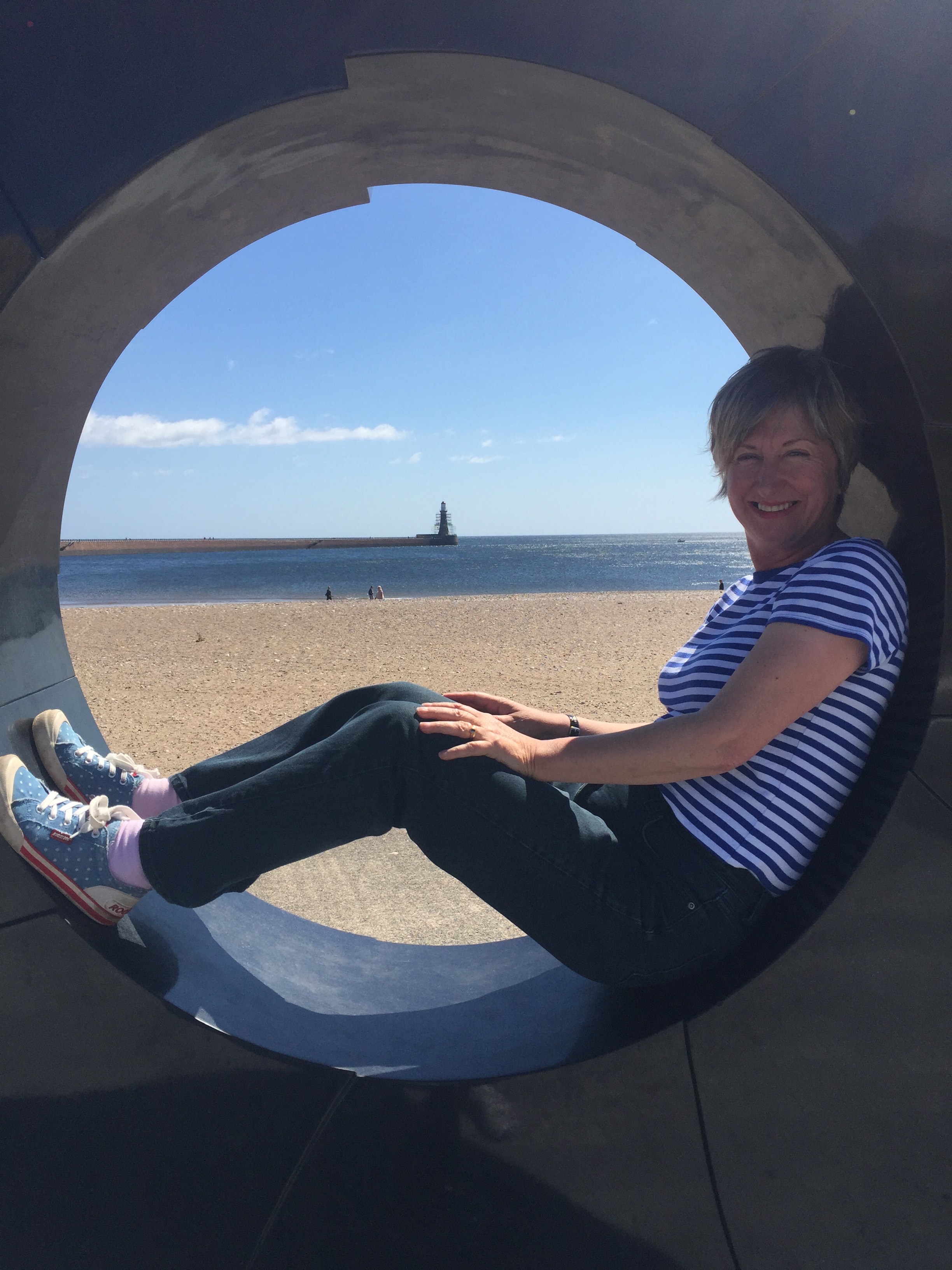
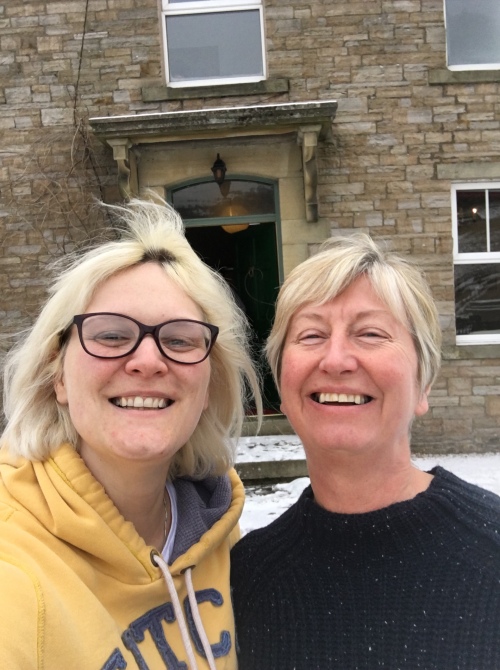 Favourite book in 2018?
Favourite book in 2018? 

